One of the big reasons you may enjoy sharing your life with a dog is that dogs just LOVE to go outside! Going for walks, playing in the sun — could there be a better reason to get both of you out and about?
But unfortunately, not all dogs feel this way; some four-footers are afraid to leave the house, and no amount of fetch-playing or tree-sniffing is enticing enough to encourage them to get out there and seize the day by the tennis balls.
Don’t worry! We will explain why some dogs develop fears relating to the great outdoors and share some strategies to help your dog overcome them below.
Key Takeaways: My Dog Is Scared of Going Outside!
- While most dogs love going outside, some suffer intense fear when they must venture outdoors. As owners, it is important that we all learn to recognize the signs associated with this fear, such as panting, trembling, freezing, and pacing.
- Dogs can be frightened of going outside for several reasons. A few of the most common reasons dogs are afraid of the great outdoors include puppy panic, overstimulation, unfamiliarity with leashes and collars, and prior negative experiences.
- It is important that you learn to be a good advocate for your canine, and help her overcome a fear of the outdoors. There are a number of ways to do so, but using desensitization and counter-conditioning are two of the most effective strategies for soothing your pup’s frazzled nerves.
Signs That Your Dog Is Afraid of Going Outside

Because we can’t just ask a dog what the problem is, it helps to pay attention to your pet’s stress signals and figure out what her triggers are. This will help you recognize when your dog is feeling scared, so you can eventually desensitize and counter-condition her to gain confidence in the presence of things that frighten her.
Dogs usually let us know if they are feeling scared through canine body language. Some ways that dogs often portray fear include:
- Panting
- Dilated pupils
- Whale eye
- Lip licks
- Glancing away
- Freezing
- Pacing
- Drooling
- Trembling
- Depression
- Urinating or defecating
- Pinned back ears
- Excessive barking or whining
- Refusing to walk and lying down (pancaking)
- Stopping suddenly while walking and refusing to move
- Pulling hard on leash, possibly toward home
- Aggression or reactivity
- Crouching
- Tucked tail
Watching for these types of behaviors can help you figure out if your dog is afraid or stressed, and it can also help you discover what your dog’s triggers are.
When a dog is afraid of going outside, it can have a hugely negative affect on nearly every aspect of her life. It can make potty training practically impossible and can lead to obesity since there are fewer opportunities for exercise. It can also elevate your dog’s stress levels, since dogs release a lot of mental stress by sniffing and exploring their environment via outdoor enrichment activities.
Why Are Some Dogs Afraid of Going Outside?

Dogs who are scared of going outside are not trying to be difficult – pooches usually have an excellent reason, in their mind, about why they don’t want to go outdoors anymore.
Below, we’ll discuss some common reasons dogs are scared of going outside. Figuring out which category your dog falls into can help you set her up to feel braver when venturing outdoors. This can make desensitizing and counter-conditioning your pet to her triggers easier.
Reason 1: Puppy Panic and Improper Socialization
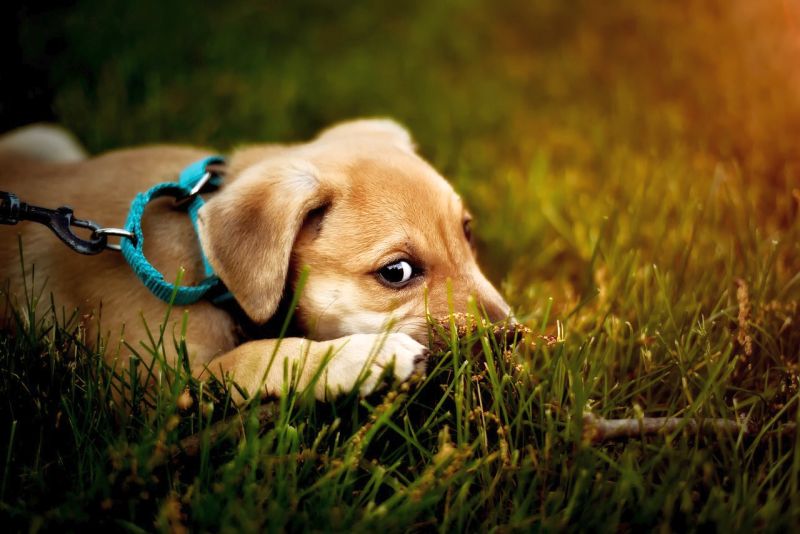
Puppy panic and improper socialization are the root cause for many fears that dogs have of the outdoors.
Some puppies that have recently gone to a new home with a new family are very stressed about all the changes happening in their lives. This can manifest by the pup showing fear of just about everything, including the outdoor spaces near her new house.
This kind of fear is very natural and temporary. Simply let a puppy or dog who is new to your home decompress safely. If the pup is anxious about walks, stick to backyard playtime. Over time, the dog will settle in and begin to feel more comfortable. But don’t pressure or push her!
Fear of the outdoors due to imporper socialization can be a bit trickier.
There are chunks of time referred to as puppy socialization periods that last until puppies are 16 weeks old. If the puppy doesn’t have enough positive experiences in new outdoor places before then, she may always be more fearful or uneasy about the sounds and smells of outdoor environments as an adult.
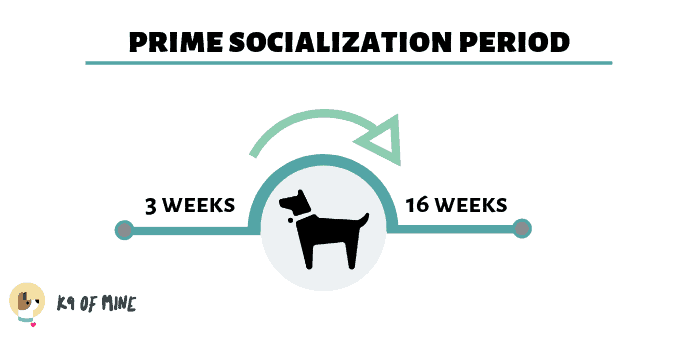
Pups may also experience traumatic events outside during their ultra-sensitive fear periods that may negatively impact how they view the outdoors.
Dogs who are older than this socialization window can definitely continue to have positive socialization experiences. But counter-conditioning dogs once they are already fearful of something will take more time and effort than working to properly socialize young puppies.

Meg here to jump in for a sec. When if first adopted Remy he struggled a lot outside. Whenever we would go on walks, he would just freeze every few steps and scan the area. He was so hyper-vigilant! It would take us 40 minutes to walk a route that would take me 20 minutes alone.
At the time I simply though he was being stubborn, and I would get annoyed when he wouldn’t listen to me to keep moving and would just freeze in place to look around.
Of course now I recognize that Remy was really nervous and uncomfortable outdoors, and his freezing was a symptom of that anxiety. While I can’t say for sure, his behavior indicates that he was likely very isolated as a puppy and had limited exposure to the outside world.
He’s gotten so much better through patience, support, lots of positive reinforcement via treats, and allowing him to sniff whenever and whatever he wants.
But he does still struggle — any strange sound or person doing something unusual like raking leaves will make him pause. But, with encouragement, I can get him to keep moving.
Reason 2: Sound Sensitivity and Overstimulation

Sound sensitivity and overstimulation are also common reasons a dog may be afraid of going outside.
If your dog begins to show outdoor fearfulness seemingly out of nowhere, it is possible that she heard a loud sound outside that scared her, or experienced some other kind of traumatic event outdoors that has upset her.
Some common sounds that can scare dogs and become triggers are:
- Barking dogs
- Lawnmowers
- Construction sites and equipment
- Thunder or fireworks
- Cars backfiring or loud engines
- Garbage trucks
- Snow plow trucks
Sometimes it’s not easy to figure out what stimuli in the environment has startled out dogs.
Noises that we might not think twice about, such as a helicopter flying overhead or a siren coming from the street parallel to us, can be very distressing for our dogs. Sometimes these sounds don’t even register with us, but they sure can register with our dogs!
Even if you can’t figure out what the exact noise was that scared your dog initially, watch your dog for fearful behavior and work to take steps to prevent your dog from hearing noises she thinks are scary. This can go a long way toward easing her overall stress levels.
For some dogs, simply the randomness and odd activity that occurs outside (especially in busier urban areas) causes them much more stress than staying inside.
Dogs who are affected in this way generally tend to be more easily scared or overwhelmed than the average pooch. These are our sensitive babies!
Reason 3: Inexperience with Leash and Collar

Leash training is an important part of taking your dog for a fear-free walk, since some dogs have anxiety about wearing a leash or collar.
In some cases, this anxiety may stem from lack of familiarity with this kind of walking equipment.
This may be because your dog hasn’t spent much time on a leash — either because she is a young pup who hasn’t worn a collar and leash before, or because she is an adult dog who was never or very rarely walked on a leash in the past.

In either case, wearing new equipment can be stressful.
Your dog may also have made a negative association with her leash or collar if she was treated poorly by someone while wearing a leash that she couldn’t run away from, or was given harsh leash corrections.
No matter the reason for your dog’s leash or collar anxiety, you’ll need to address these fears and help her feel better about using this type of equipment so that she becomes less scared of going for safe walks outside.
Desensitizing your dog to something refers to getting your dog used to the item slowly and gently so that you don’t overwhelm them. Over time they will learn that the item or equipment isn’t scary — but it’s important not to force them into it.
For desensitizing a dog to a leash, you might start by just leaving the leash on the ground and scattering treats around the leash. Do this several times a day, for multiple days. Next, you might throw some treats on the ground and, while your dog eats the treats, simply tap the leash clip against the dog’s collar.
After repeating this, you’ll clip the leash to the collar, but immediately unclip it. From there you would gradually build up to have your dog clipped onto the leash for 10 seconds, 30 seconds, and so on (while your dog is doing something else enjoyable like eating treats) until your dog has become desensitized to the leash.
When desensitizing your dog to any new stimuli, it’s important to go very slowly and not rush your dog. Be ready to go back a step if your dog is displaying signs of discomfort.
After initially introducing the leash, it’s a good idea to practice with it in your house (which your dog is more liable to consider a safe space) and your own backyard.
Additionally, utilizing a harness during walks can help reduce the amount of pressure on your dog’s neck, which may also help her feel more comfortable and confident while exploring the outdoors.
Be patient, take your time, and enlist the help of a force-free trainer to assist in leash training and walking situations that don’t seem to be improving.
Reason 4: Injuries and Other Medical Issues

Medical issues and injuries can influence how your dog feels about going outside or accompanying you on a walk.
Paw or leg pain may cause a dog to dread outdoor time. These issues can be caused by something as simple as overgrown toenails or a cut on your pup’s paw. But they can also be caused by persistent issues that require treatment, such as arthritis.
Other problems may also make your dog less inclined to journey outside. Internal health issues, for example, could cause your dog to feel lethargic or generally crummy, while vision problems may cause your dog to be afraid of going outside, especially when it’s dark.
Senior dogs seem to get scared by changes more easily and remember their fear longer than younger pooches. They can also develop conditions like doggie dementia or “sundowners syndrome,” which can cause them to act oddly even in familiar circumstances.
If you think your dog may have a medical reason that’s causing her to fear the outdoors, get her checked out by your vet ASAP.
Reason 5: Negative Outdoor Experiences

Negative experiences can stick with a pooch long after the initial traumatic incident and affect how she feels about going outside.
Getting bitten by bugs, eating stinging insects, or stepping on something sharp can be unpleasant enough that your dog may want to just avoid the scary outdoors altogether! Experiences like meeting an unfriendly dog or person while outside may also convince her that staying inside is safer.
Another negative experience that affects some dogs’ willingness to venture outdoors is the use of radio fences. Since the receiver collar the dog wears will often use a static shock to discourage the dog from approaching or crossing the fence boundary, some dogs will become terrified of going outside for fear that the collar will shock them.
This is why implementing a thorough training procedure is absolutely essential whenever using a wireless radio fence — it’s really important that your dog understands why they are experiencing the correction, and don’t associate the shock with being outside in general.
Removing the receiver collar except for during radio fence training sessions is a good idea until your dog feels better about going outside.
You could also consider a different solution for safely containing your dog, such as building a physical fence, using a dog tie-out or trolley for short periods with supervision, or using positive reinforcement-based boundary training.
Reason #6: Life Changes or Physical Obstacles

Life changes and physical obstacles are other common reasons some dogs are uneasy about going outside.
For instance, if you just moved to the second floor and your dog doesn’t have much experience with stairs, she may be scared to traverse the stairs.
Slippery floors or other new flooring types may also frighten or confuse your pooch, but adding carpet runners or rugs so your dog has more traction while crossing the new floor can do wonders to help your dog feel more confident. She may not need this solution in place forever, but it is a quick fix to help your dog get back in the habit of enjoying heading outside.
How Can You Resolve Your Dog’s Fear of Going Outside?

If your pooch is scared, and you want to help her feel better about her outdoor excursions, there are a few steps you can take to help her out, depending on what her fears seem to be. Just remember to take your time and move at a pace she’s comfortable with.
Step 1: Identify Your Dog’s Triggers
One of the most useful things you can do if your dog is afraid of going outside is to figure out what her triggers are so you can help her learn to gradually feel less scared of them.
If you aren’t sure what she’s scared of, it can be more difficult to help her improve how she feels about going outside.
So, pay close attention to how your dog acts when she sees and hears different things, keep an eye on her body language, and she will probably let you know exactly what is scaring her.
Step 2: Desensitize and Counter-Condition Your Pooch
Using desensitization and counter-conditioning techniques can help your dog to improve her feelings about her triggers.

Since dogs can’t like something and be scared of it at the same time, adding positive feelings to your dog’s triggers may be what is necessary to help your dog conquer her fears.
These techniques may not cure your pooch in a day, but the effort is well worth it because the positive changes in how your dog feels about her triggers will be permanent.
Eventually, over time, you should see your dog’s behavior and response to the trigger change.
Using positive reinforcement training methods is also a great way to improve your dog’s relationship and trust in you!
Consider also implementing some general strategies for reducing your dog’s anxiety during walks to make the entire experience a bit less stressful!
Desensitizing Your Dog to Outdoor Triggers
As discussed above with getting a dog used to a leash, desensitization refers to a method by which you gradually get your dog used to the triggers and environments that scare her.
For instance, if your pooch was accidentally left outside during a big thunderstorm, the noises she heard during the storm may have become a trigger. Desensitizing her to these sounds will gradually help her feel less scared of them.
For resolving storm anxiety, you might start by finding a recording of thunder and playing it quietly for a short time in the house. If she startles and runs away from the sound, play it quieter, or put the speaker further away from your dog’s location.
Our dogs can also take their fear cues from us, so if you act like nothing out of the ordinary is happening, that may help calm your dog too.
Gradually playing the storm recording louder and longer over time can help your dog become desensitized and accustomed to what was once a very scary sound.

Counter-Conditioning Your Dog’s Triggers
Counter-conditioning takes changing your dog’s response to scary triggers one step further. Instead of simply getting your dog used to a trigger, you’ll help your dog associate good feelings with the trigger by pairing it with treats.
If your dog absolutely can not hear the storm recording without acting stressed or fearful, playing the recording softly while your dog eats a meal can help.
If her food isn’t enticing enough to keep her focused, giving her lots of tiny, very tasty treats while the recording plays for a short period of time is even more effective for most dogs.
Once your dog is acting less scared of the trigger, you can increase the volume and duration gradually, continuing to pair the trigger with wonderful experiences like treats, stuffed Kongs, or even play sessions.
Counter-Condition Pre-Outdoor Cues

If your dog is terrified of going out the door, anything you do immediately before trying to go out with her can also become a stressor. In this case, you may want to attempt to improve your dog’s feelings about preparing to go outside separately from her outdoor triggers.
Counter-condition any pre-walk events (such as moving toward your dog’s leash, picking it up, attaching it to your dog, or putting on your shoes) and shuffle the order around to help reframe these actions as fun and positive!
Watch your dog for common body language stress signals as you get ready to take her out and figure out what actions you are doing that are causing your dog stress. Then, practice randomly pairing each of those actions with treats a few times a day without going outside afterwards.
Step 3: Keep Outdoor Excursions Brief and Positive
Ideally, you want to go outside with your dog for short periods of time, while trying to make sure her triggers won’t happen while you’re out.
If your dog can walk out the door and spend even a few calm seconds outside before wanting to race back inside, be ready to reward her calm behavior with a bunch of tiny, awesome treats!
One way to gently encourage your dog to move toward something that frightens her (like the front door) is to make a treat trail or a row of reward stations with paper plates (which make the treats more visible) to help her move toward and out the door on her own is invaluable.
This can help your dog become more relaxed with walking up to and through the door so she is less stressed when she reaches the outdoors.

Practice walking toward the open door, going through the door, turning around, and walking back inside in a calm and focused manner a few times in a row before trying to walk further away.
As she gets better at exiting the house, start to feed her treats from your hand rather than her picking them up off the ground, and gradually increase the distance she has to walk to receive each treat.
If your dog is scared of the backyard, feeding her meals there by gradually moving her bowl (between meals — don’t move her bowl while she eats) out the door and into the yard is a great way to add positive feelings to that space.
Increase the distance between your dog and her known triggers while you’re out walking to help keep her under threshold (aka keep her in a calm state where she isn’t overwhelmed).
If she’s acting fearful, freezing in place, being reactive, or won’t take treats, increase the distance between your dog and her trigger. This will help her feel less uneasy about it.
For instance, if you know your dog is triggered by sudden loud noises and you see orange cones and construction equipment ahead of you while you’re out walking her, change direction or head back the way you came! That may be better than exposing your dog to a scary sound. Tactical retreats can be a very smart strategy!
Step 4: Practice Leash Manners More
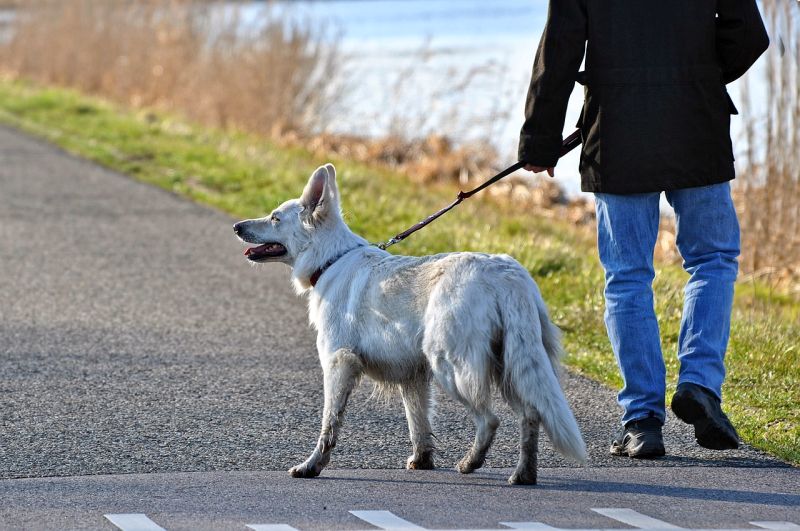
Establishing good leash manners, like loose leash walking, can do a lot to boost your dog’s confidence on walks.
Work on good leash manners inside and outside, if possible. And be sure to give plenty of treats to your dog when she walks close to you with a loose leash.
This may seem like an odd solution, but if your dog has enough successful practice sessions walking with you inside that she feels like a pro, she will probably feel more confident about walking out the door and walking around with you outside as well.
Step 5: Problem-Solve New Solutions

Don’t discount using easy solutions for resolving your dog’s fears too! Sometimes the simplest options are the best ones.
For instance, if your dog is terrified of walking across your slippery floor to go outside through the door, add a carpet runner to make her journey to the door easier, or hook her up with some socks for hardwood floors.
Or, just go out a different door.
If lots of stairs are the issue, try to help your dog improve her confidence by placing treats on some of the stairs, or carrying her part of the way (this is one of the only situations in which carrying a scared pooch a little is OK). Then, set her down on the stairs so she can practice traveling up or down the last few stairs on her own.
Step 6: Be a Patient and Good Canine Advocate
It may be annoying for us humans to have a dog that is so scared of going outside. After all, we know there’s nothing to be afraid of.

But it’s important to be empathetic with our dogs. The human world can be very stressful and scary for our pups!
Always take your time when trying to boost your dog’s confidence in the outdoors and provide her with an exit strategy. If your dog can only walk with confidence to the end of your driveway and back, don’t force her to walk further than she’s comfortable with.
Take some great treats and encourage her to walk a little further down the sidewalk each day until she feels good about walking in other, less familiar places.
If your dog is getting braver near her triggers, continue to reward her bravery, pay attention to her stress signals, and be her advocate.
Above all else, make sure you can help her leave a situation if she begins to be overwhelmed.
You never want to force your dog into a situation where she’s not comfortable. Patience and encouragement for the small victories is the best way to see success!
You might never know exactly what happened outdoors that scared your furry friend so badly. But, if you can pinpoint her triggers and then gradually and positively reintroduce her to the things that scare her, while helping her have other experiences outside that are pleasant and not scary at all, you’re well on your way to helping free your pooch from her outdoor fears.
When you’re dealing with a dog who is skittish outside, it’s really important to make sure you’re walking with an escape-proof harness so that your pup can’t slip out and run away in a panic. Correctly sized martingale collars are another option for dogs who are a flight risk.
The Dos and Don’ts of Helping a Dog Build Outdoor Confidence
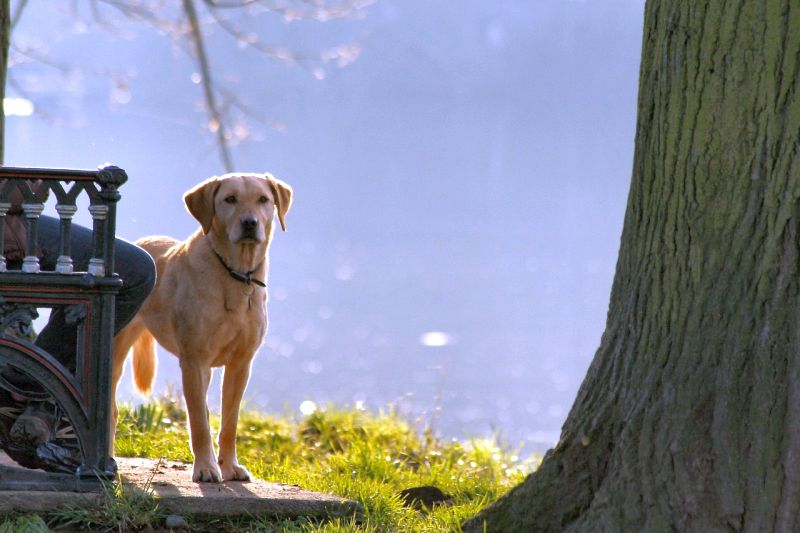
Now that you know some of the basic strategies for helping dogs overcome a fear of the outdoors, we can share a few helpful tips to keep in mind while practicing.
Dos:
- Go slow and allow your dog to move nearer to her triggers at her own pace. Use lots of awesome treats to reinforce her bravery and to continue to improve her feelings about her triggers.
- Make sure your dog is wearing escape-proof walking equipment when you go outside if she is a flight risk. You may even want to double up and use a martingale collar and a front-clip harness to ensure that fail-safes are included if she wiggles out of one piece of equipment.
- Make a treat trail to practice going in and out the door. Increase the distance between treats as she becomes more able to move with less fear and stress.
- Gradually start feeding your pooch outdoors. This is especially good for dogs who are scared of the backyard.
- Place some favorite toys or treats outdoors for your dog to find. This is a great way to use nose work games to engage your dog’s brain and encourage her to explore an area that she considers scary.
- Play a favorite game outdoors with your dog. If she is engaged in doing something she loves, she’ll be distracted while also associating positive feelings with the environment, which can reduce her fears.
- Desensitize and counter-condition your dog when you discover a fearful situation or trigger. Helping your dog feel better about the things that scare her will help her gradually feel braver.
Don’ts:
- Never punish your dog for exhibiting fearful behavior. It will not change those behaviors, and she may even begin to feel afraid of you too.
- Don’t force your dog to go outside or confront her trigger. Fearful dogs can panic or act aggressively if they are scared. Rather, let her move into and out of scary situations at a pace she’s comfortable with – doing so can prevent accidents and injuries.
- Don’t overwhelm or “flood” your dog. Let your dog approach fearful situations at her own pace, and make sure she knows she always has the opportunity to leave a situation that is too scary for her by practicing walking her away from them.
Fear of the Outdoors: FAQs
Still have questions about your dog’s fear of the great outdoors? Don’t worry! We’ll answer a few of the most common questions owners have below!
Should you carry your dog outside if she’s afraid?
No. Forcing your dog further into a situation that scares her can cause more harm than good, especially if your dog’s trigger is outside already. Taking your time and moving as slowly as your dog needs to go while giving her plenty of reinforcements even for small improvements is the best way to help your dog build her confidence outside.
What can I do while teaching my dog to be braver outside?
The best thing you can do to support your dog as she learns that outside isn’t scary is to pay attention to her body language and encourage her bravery. Try to encourage her to go outside when her triggers aren’t around. For instance, if she’s scared of the trash truck, don’t try to encourage her to go outside until the truck has already moved through your neighborhood on trash pickup day.
What do I do if my dog gets scared before we even go outside?
Figure out which of your actions that precede going outside are triggering your dog, then practice counter-conditioning those actions. For instance, if she begins to crouch and tremble when you pick up her leash, practice picking up the leash, tossing her a treat, then setting the leash back down 20 times randomly throughout the day.
Once she’s feeling good about that step, practice moving toward her with the leash, giving her a treat, then putting the leash away. Break each action down into tiny pieces, and reinforce all of them until none of your actions that precede going outside result in your dog exhibiting stressed behaviors. Also, switching the order of the actions around can help prevent your dog’s fear from building with each step.
***
Since many of our pet dogs spend most of their time indoors with us, it makes sense that a scary experience outside could make them want to stay inside with us all the time. But, dogs who are scared of the outdoors are missing out on some wonderful parts of life as a dog!
Taking the time to help your pooch change her mind about her outdoor fears using positive reinforcement training is a great way to help her enjoy herself more, no matter where the two of you spend your time.
Is your dog scared of going outside? Do you know what your dog’s trigger is? How did you help your dog feel less scared about her outdoor fears?
Share your experiences (and any questions you may have) in the comments below!
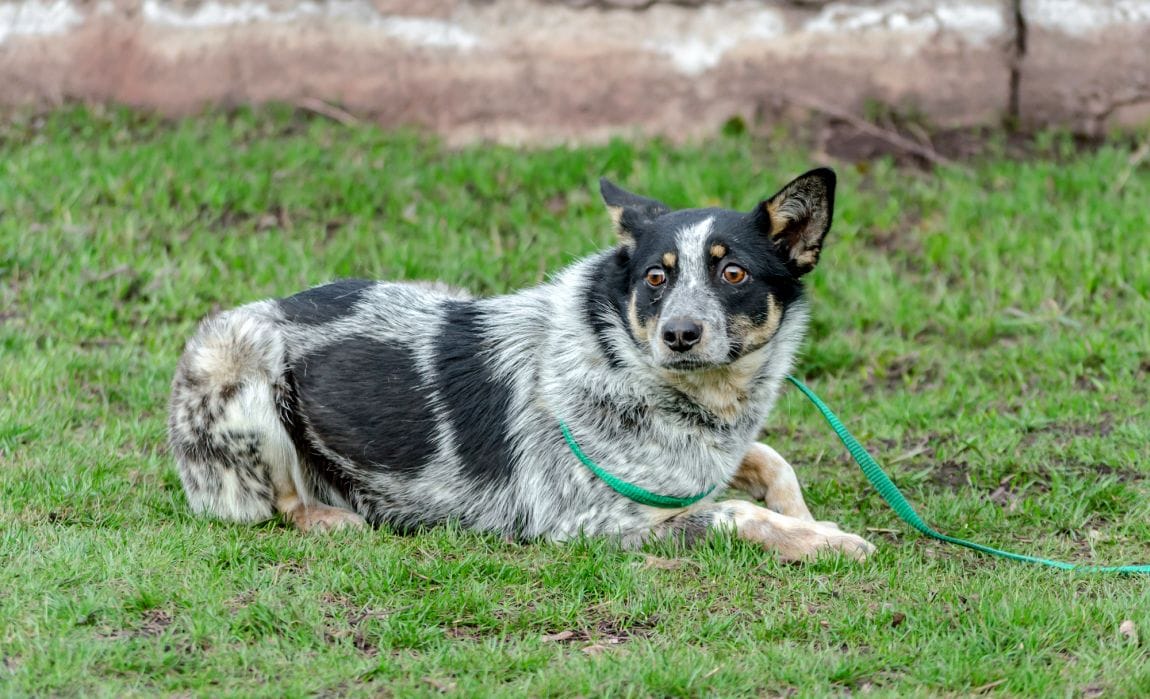




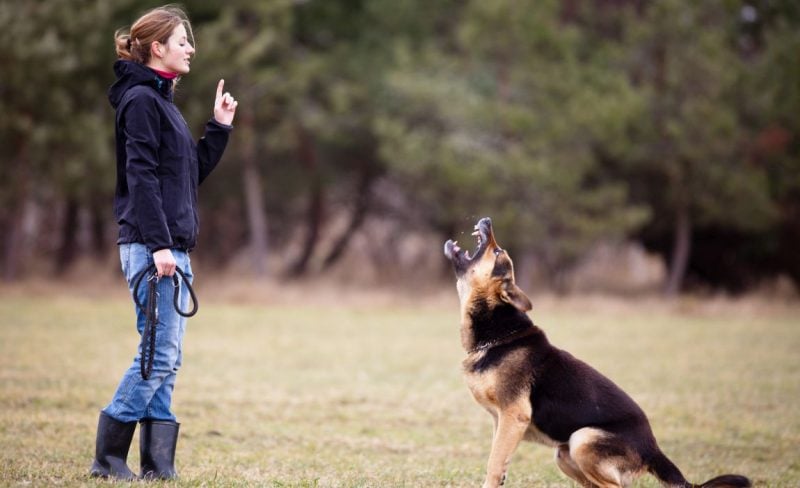
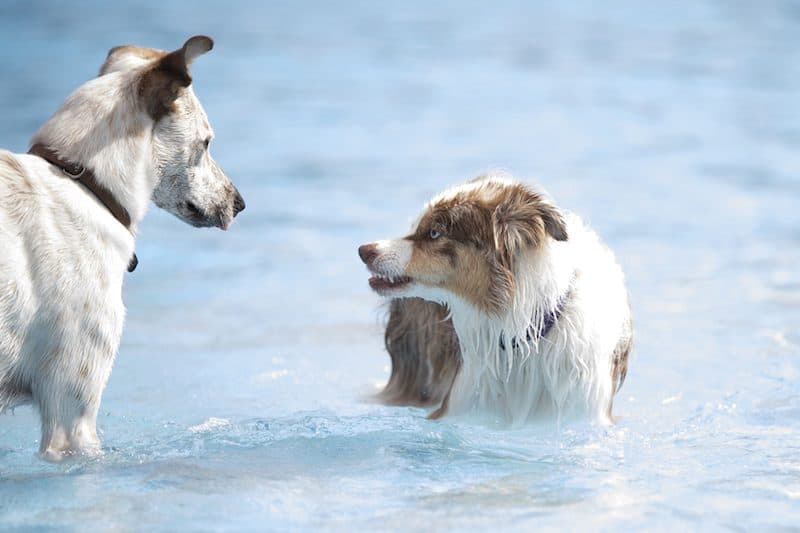
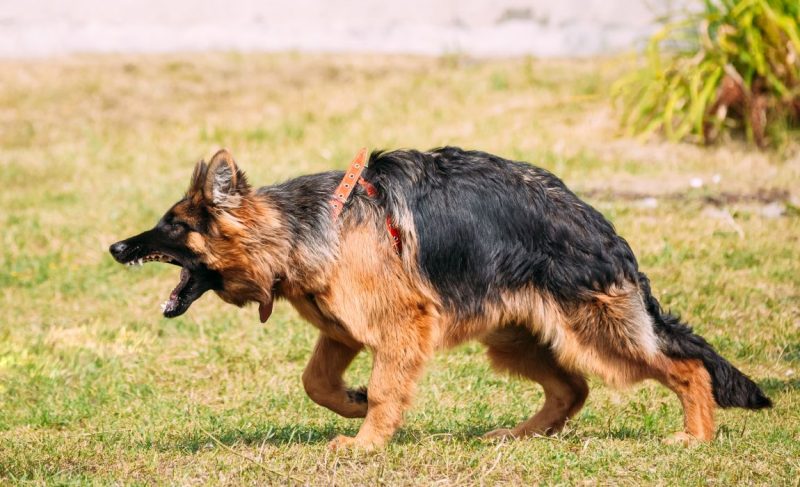
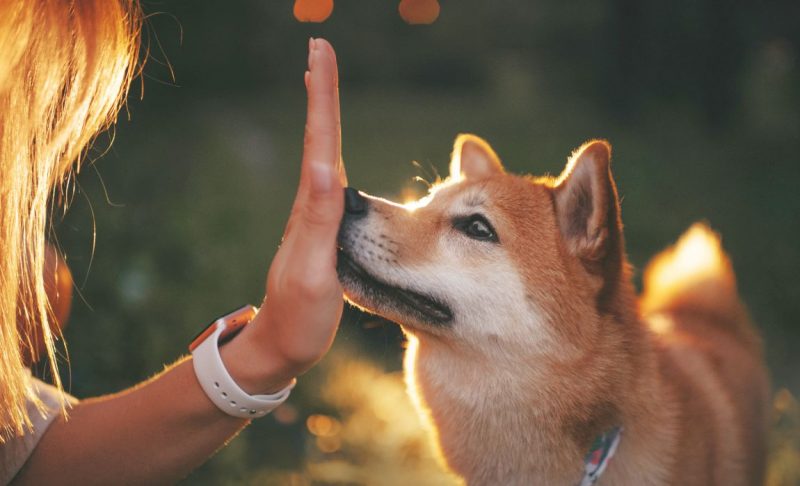
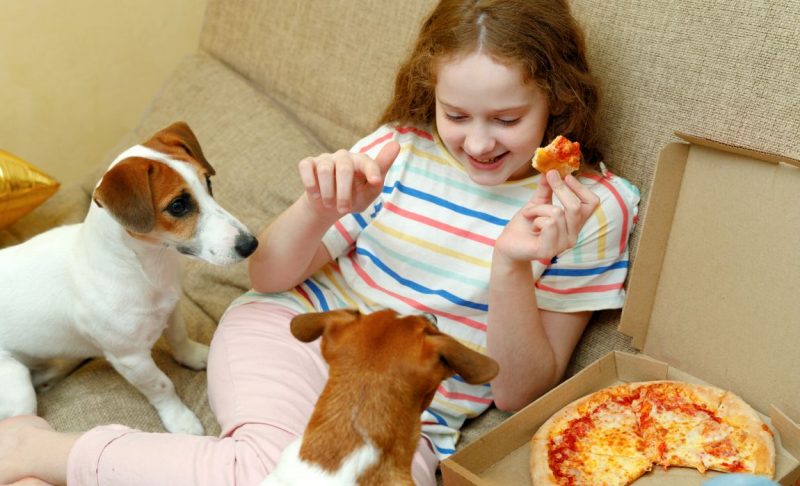
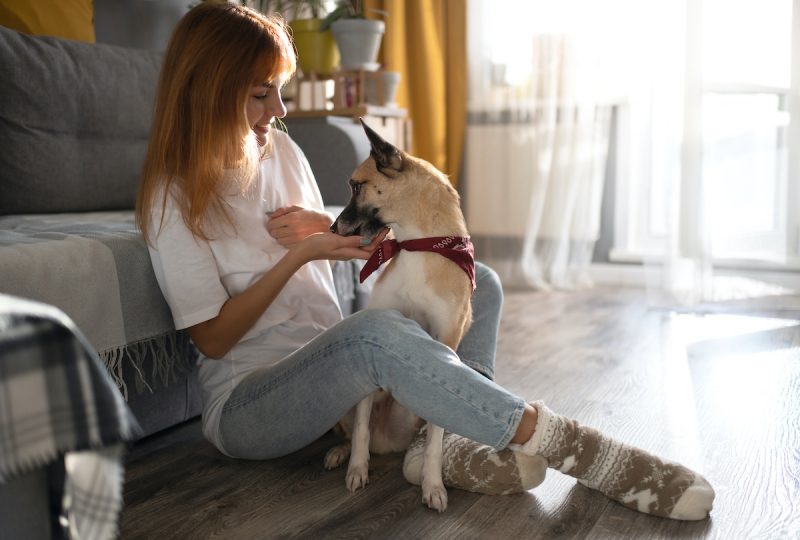


Leave a Comment